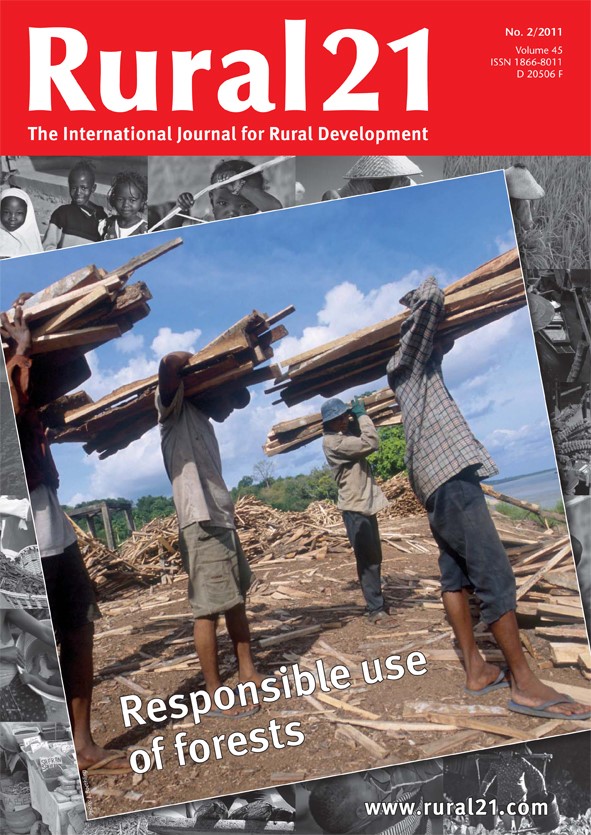Public policy to improve women's status
Policymakers have many options for improving women’s status relative to men’s. The most appropriate set of actions in a given situation will naturally be specific to that context. This chapter outlines some policy actions that have proven successful, as summarized in Table 26.1, and gives some examples of their implementation.










